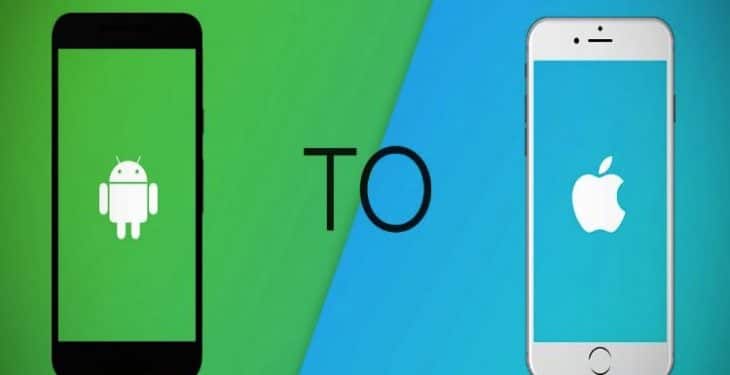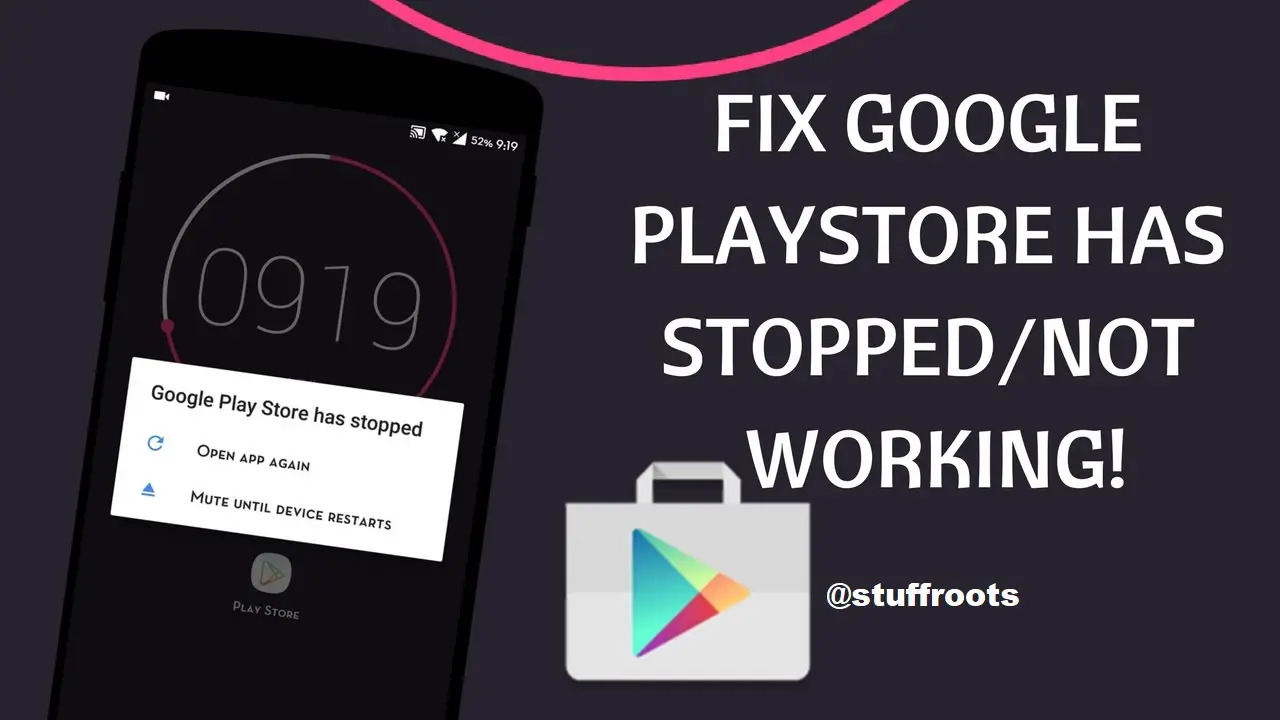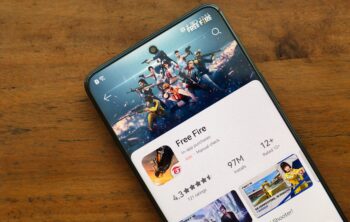When one traces the origins of the smartphone industry, they inevitably come across Apple Inc. While the very first ‘smartphone’ was designed in the early ‘90s, the modern version of the smartphone took shape in 2007. This was the year when the then CEO of Apple Inc., Steve Jobs stood defiantly in front of hundreds of Apple employees, with a small mobile phone in his hand. The very first version of the iPhone, iPhone 1 revolutionized the mobile phone industry. A year later, Google launched Android OS with the HTC Dream smartphone. However, this wasn’t the beginning of the turf war between iOS and Android OS.
In 2009, Samsung launched its first smartphone, and used Android as its operating system. This reportedly angered Steve Jobs, as he vowed to launch a “thermonuclear war” on Android. Since then, iPhone and Samsung have been embroiled in a bitter feud for market dominance, while the loyalists of both brands have found themselves getting dragged into numerous heated debates about the superior operating system. Samsung has also advanced in the field of 5G technology. There are many Samsung 5g mobiles in the market that you can refer to when purchasing a new smartphone.
Today, Android OS is the undisputed leader when it comes to smartphone operating system, while Apple’s iOS is used only in Apple’s smartphones. Samsung mobile phones continue to use Android as their OS, along with almost all the other smartphone brands except for Microsoft and Nokia. So what are the key differences between iOS and Android OS? Let us delve deep into the matter, and demystify the differences.
Also check: 10+ Best Emoji Keyboard Apps for Android
Programming languages
For developers wanting to develop apps for Android mobile phones, they have to be proficient in Java, C++ and C languages. On the other hand, to create applications for iOS, one can learn languages like Swift, Objective-C and C++. It is also important to remember that it takes a long time for apps to get accepted and published on the App Store, as compared to the Google Play Store. This is because for apps to get published on the App Store, they require personal verification from Apple experts. Apps on Android mobile phones, however, only rely on automated tests.
Development tools
In the early days, programmers used to rely on Eclipse to develop apps for Android OS. However, they have since moved to Android Studio to develop applications for Android mobile phones. When it comes to Apple’s App Store, developers use Xcode to create applications.
Customization
Smartphone users who’ve used mobiles phones with Android OS and iPhones will inherently be able to gauge the differences between the two operating systems, in terms of customization. When it comes to iPhones, users generally do not have many system permissions. However, it is easier to customize smartphones running on the Android operating system. That said, iPhones provide a seamless user experience, and also usually last longer than smartphones running on the Android operating system.
Voice assistant and third-party app stores
Both iOS and Android OS come with their own voice assistants. iPhones inherently come with Siri, an extremely popular voice assistant with seamless communication and integration of artificial intelligence, which Apple has taken to the next level. Smartphones with Android operating systems, on the other hand, come with Google Assistant. While Google Assistant works just like Siri, many consumers believe that it isn’t as intuitive or user-friendly. That said, Google Assistant can prove to be much more powerful than Siri.
Additionally, purchasing an Apple iPhone can make you buy many other regular softwares for you mobile as they do not allow third-party app stores, while mobile phones with Android operating system do not block third-party app stores. This allows mobile phone users to download applications from third-party stores that do not require Google to certify the application.
Architecture
The iOS architecture is completely different from the Android OS architecture. While iOS is based on the Hybrid kernel, the Android OS is based on the Linux kernel. Additionally, the iOS architecture is layered, and consists of an intermediate layer between the hardware and the applications. The lower layer of the architecture offers basic services, while the top layers extend the user interface and high-end graphics.
When it comes to the Android OS architecture, it is divided into four layers and five sections. The intermediate layers separate the applications from the drivers (hardware). Apart from the architecture, both iOS and Android OS allow users to seamlessly swipe, call, message, browse the internet and chat using their phones, among other things.
Android OS is the most popular operating system, followed by iOS. While iOS is only found in iPhones, most of the mobiles today run on the Android operating system. Whether you want to purchase a new iPhone or an Android mobile phone, you can purchase your favourite model from any of the leading brands by shopping at the Bajaj Finserv EMI Store. The EMI-only store allows you to pay for the smartphone in no-cost EMIs, extending greater convenience. Additionally, the device will be delivered to you within just 24 hours of placing the order at the EMI Store.






